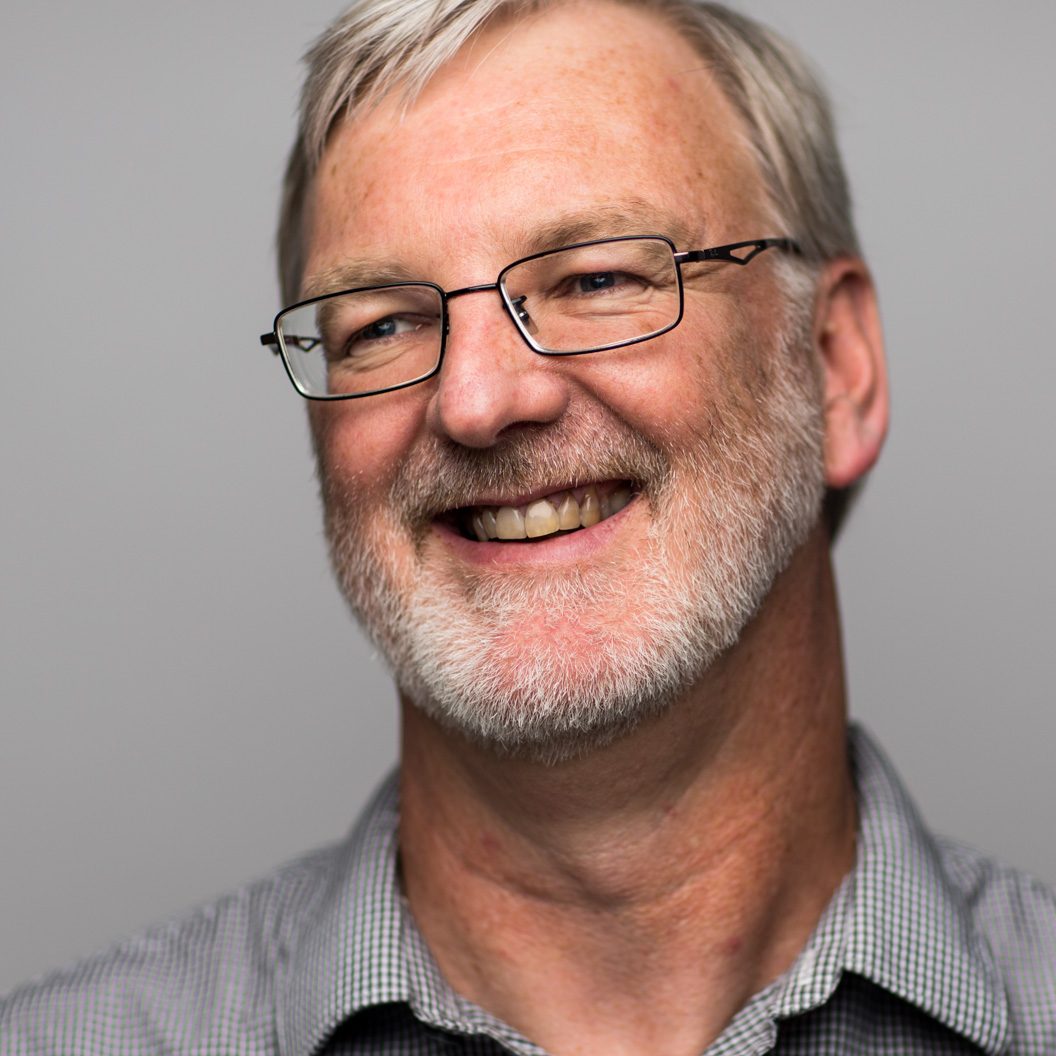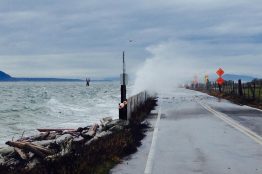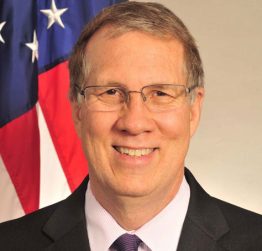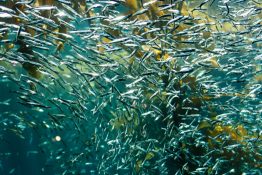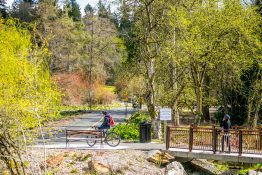UW’s College of the Environment is pleased to announce that John Horne has been named director of the Joint Institute for the Study of the Atmosphere and Ocean (JISAO) for a three-year term, effective August 1, 2018. Horne is a professor in the School of Aquatic and Fishery Sciences and a fisheries biologist who uses acoustical techniques to understand spatial structures, interactions and abundances of aquatic communities, which are used to inform resource management.
Read more »Sea-level rise report contains best projections yet for Washington’s coasts
One certainty under climate change is that global ocean levels are rising. A new report led by Washington Sea Grant and the University of Washington’s Climate Impacts Group provides the clearest picture yet of what to expect in Washington state. The report includes projections for more than 150 different sites along the Washington coastline, from all marine shorelines in Washington state.
Read more at UW News »Russell Callender named director of Washington Sea Grant
UW’s College of the Environment is pleased to announce that Dr. W. Russell Callender has been named the director of Washington Sea Grant and will join UW Environment’s ranks in September 2018. As a result of the Advisory Search Committee’s deeply consultative process led by Amy Snover, Russell emerged as the best person to lead Washington Sea Grant. Russell is a committed champion for coastal science and conservation and brings more than 25 years of experience in science, policy and management to the director position — including several years as the assistant director of the Virginia Sea Grant Program.
Read more »Key ocean fish can prevail with changes to farmed fish, livestock diets
As seafood consumption outpaces the growth of other food sectors and continues to grow worldwide, farmed seafood — also called aquaculture — has increased rapidly to meet consumer demand. That means aquatic farming now puts the most pressure on the smaller forage fish harvested to feed their larger farmed counterparts such as salmon, carp and tilapia. A new study appearing online June 14 in Nature Sustainability shows that if current aquaculture and agriculture practices remain unchanged into the future, wild forage fish populations likely will be overextended by the year 2050, and possibly sooner — even if all stocks were fished sustainably.
Read more at UW Today »New arboretum trail daylights creek, gives greater access to wetlands
Seattle's largest public garden is more accessible than ever with the opening of the new Loop Trail.
Read more at UW Today »
